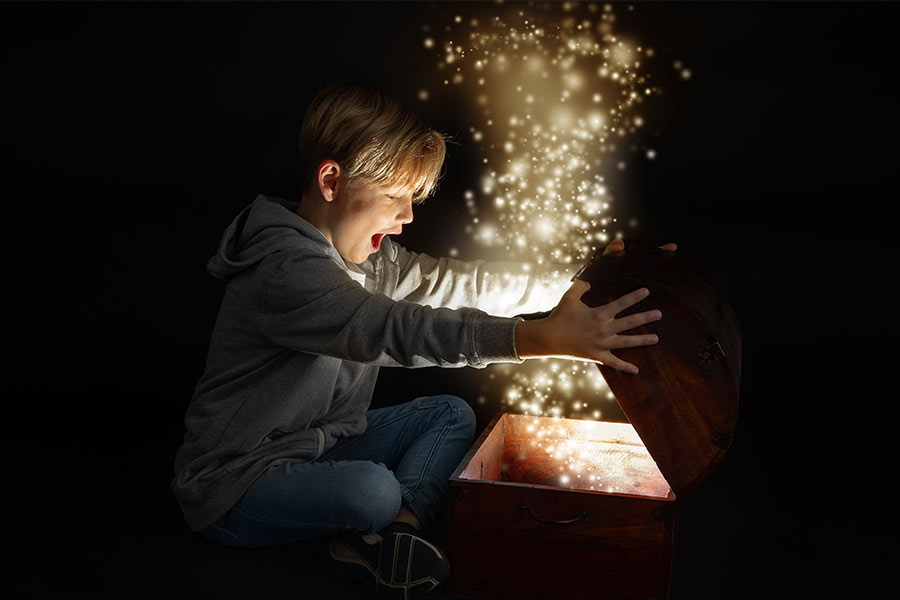
Encyclopedia search
Inspiration produces ideas without mental effort. The other side of the coin is invention. Both are useful tools when improvising.
If making stuff up is scary or hard, consider this: You make up stories every night when you dream. You can already make stuff up. You just need to tap into that ability when you’re awake. There are two ways to do that: inspiration and invention.
Player A plays as a spect with a clear point of view and play style. Player B plays in a way that makes Player A feel like they are with someone who is like them.
In interactive performance, you need to get spects doing things. An easy (but counter-productive) way to accomplish this is by telling them what to do. In other words, instructing them. Unfortunately, this approach also makes things more difficult. If you instruct spects, they may do as they’re told, but they’re unlikely to do anything more. Instead of generating their own ideas, they’ll wait for further instructions. To keep them active you have to keep giving them instructions. It’s a lot of work, and frankly, it’s not much fun. Part of the fun of interactive play is being surprised by the unexpected things that spects bring to the table.
The inter-actor is a performer who transparently facilitates spects’ abilities to play as co-creators. The inter-actor’s skillset consists of acting, improvisation, story structure, social psychology, and technology.
There are many forms of performance where interactive skills are used. Before exploring them, let’s clarify terminology. The word “interactive” and “immersive” sometimes get used interchangeably, but they describe very different things. Immersion is when the story world surrounds you. Interactivity is when participants and performers co-create the story. Both can exist within the same experience to varying degrees. The amount of interactivity and immersion varies by form. With that in mind, let’s consider the many kinds of experiences where interactive skills can be employed.
Interactive performance is characterized by performers and participants co-creating a story while playing roles. The story may be based on a written scenario or improvised from nothing. In any case, spect-actors contribute to the narrative and affect how it plays out.








